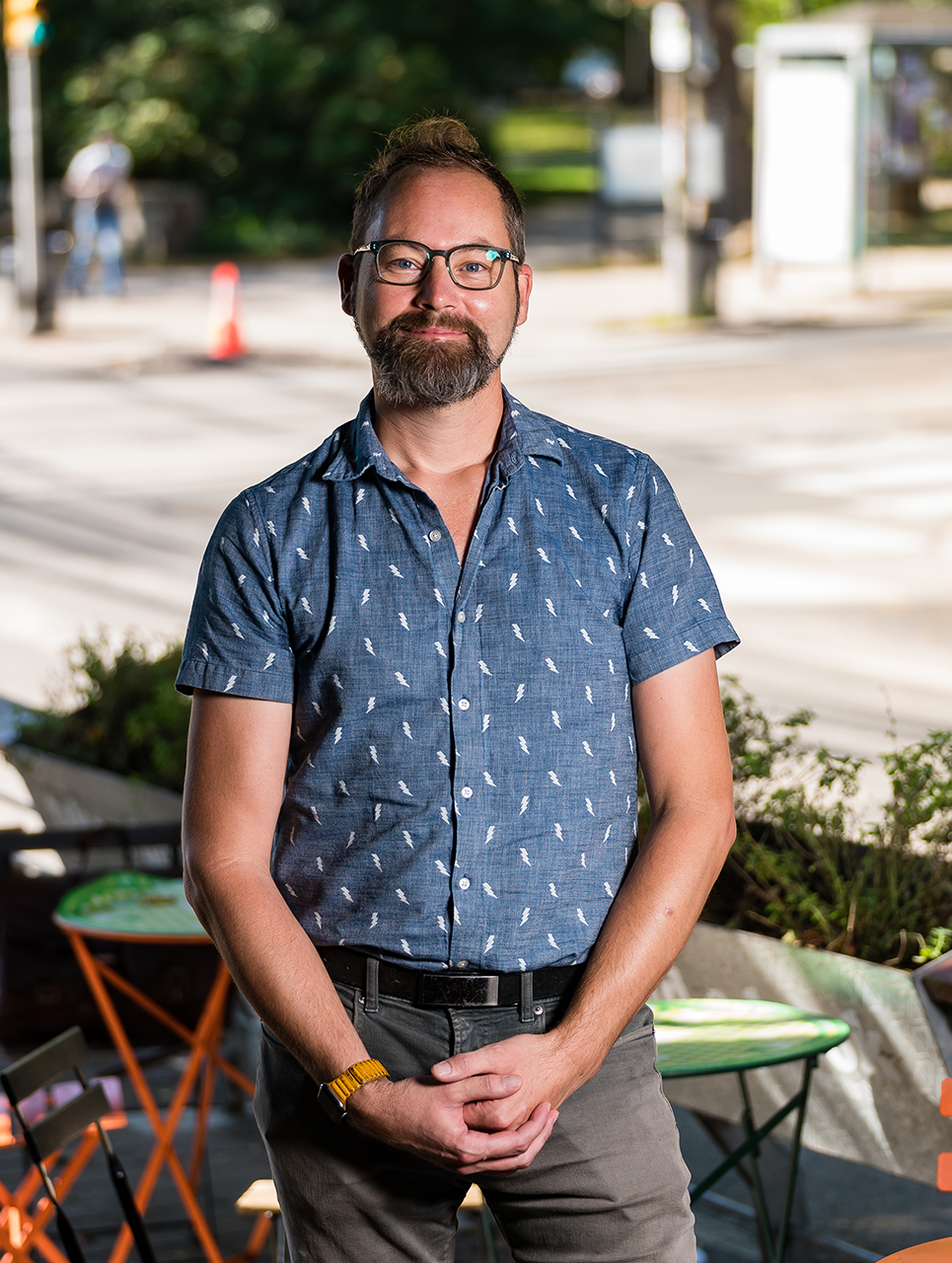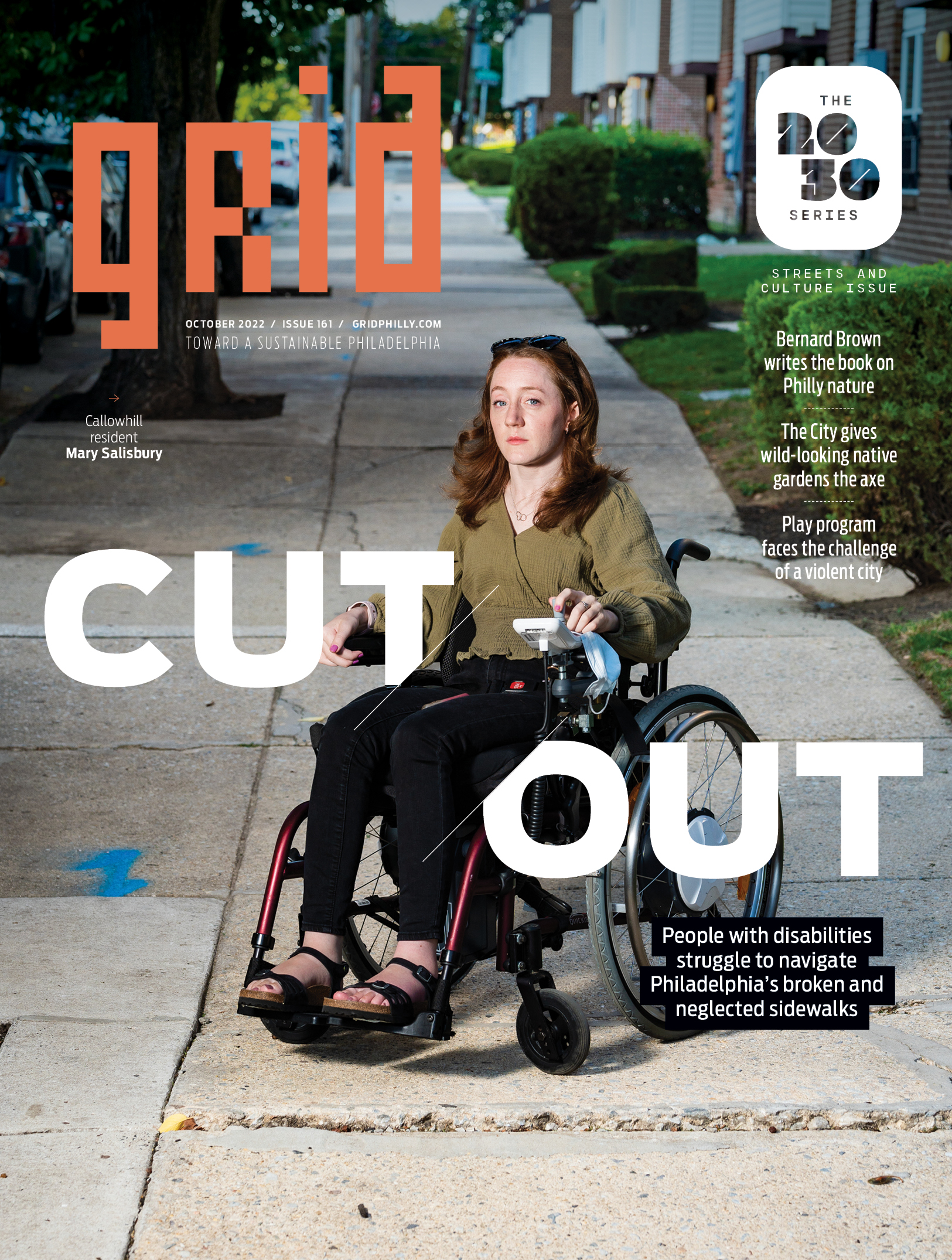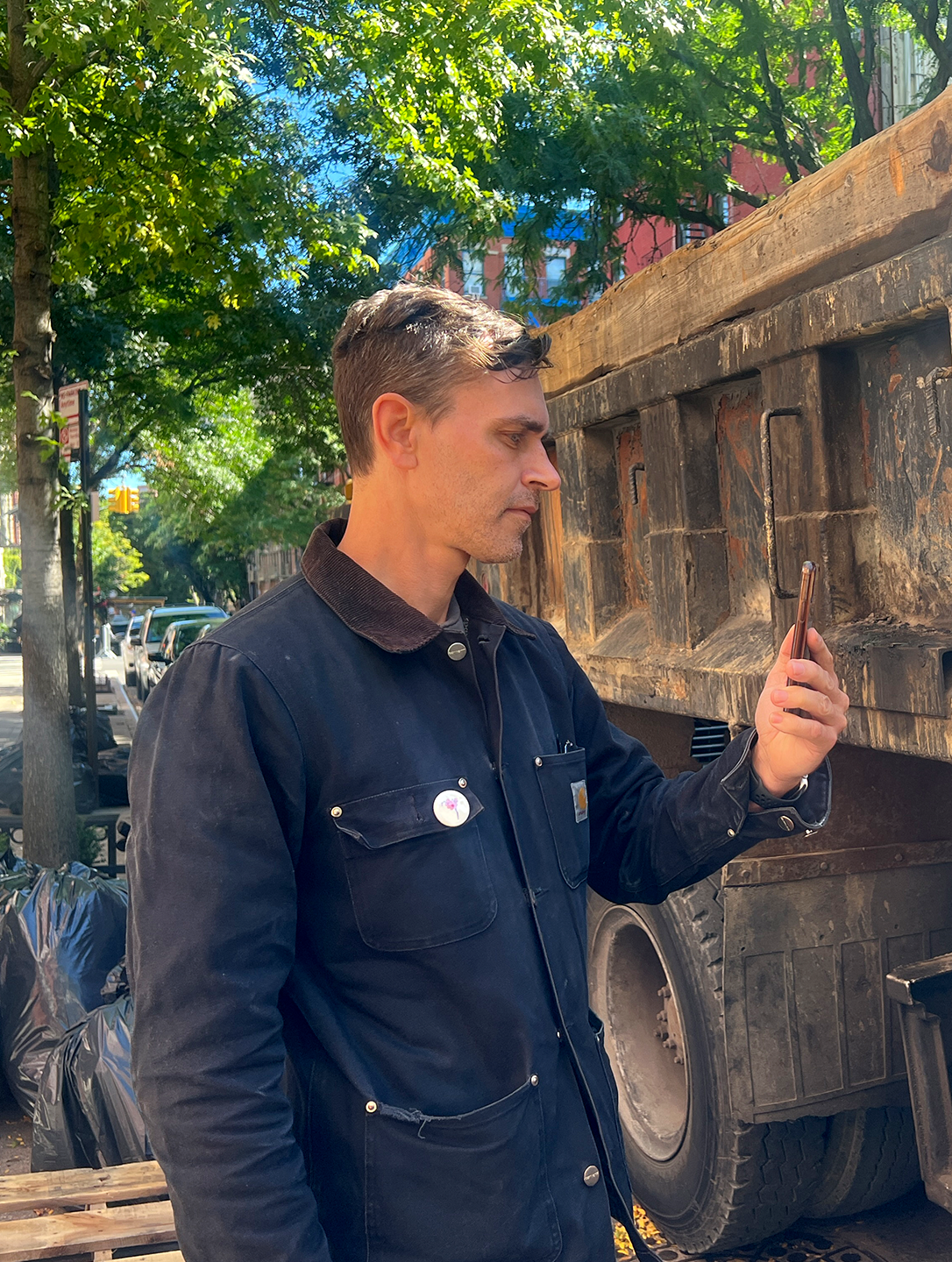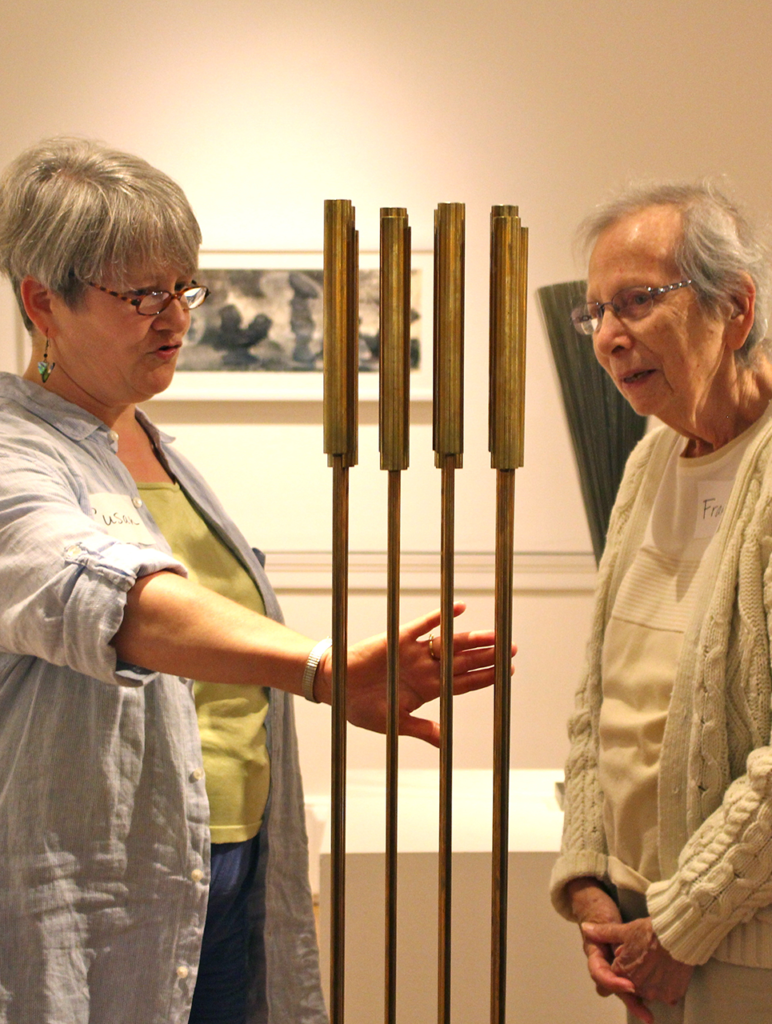No matter if you spell it as “streatery” or “streetery,” these improvised outdoor dining areas began popping up around Philadelphia in 2020. At their peak, an estimated 800 restaurants in the city were operating streateries to keep their businesses open while COVID-19 health concerns restricted indoor dining.
Originally allowed as an emergency measure, Philly streateries face an uncertain future. And opinions about whether they should stay or go often depend on one’s relationship to them; as a neighbor, business owner, employee, city official, urban planner or customer.
COVID-19 crisis management gave rise to streateries in Philly, but their origins are rooted in prior urban planning innovation in San Francisco and Seattle. The University City District (UCD) began experimenting with “parklets” as far back as 2011.
The parklets UCD piloted differ from streateries in important ways. Parklets are designed to be 100% public space available to everyone for reading, relaxing, people watching — just about anything except socially unacceptable behavior. Construction was minimal and temporary — a platform in the parking lane outfitted with a railing and planters, movable tables and chairs was all it took to create small pedestrian plazas. The furniture was taken in after business hours and during the winter months. Restaurants kept an eye on parklet activity, while UCD insured and maintained the public spaces.
As the program expanded to six parklets, UCD conducted an impact study. It found that businesses with thoughtfully placed parklets reported up to a 20% increase in revenues. Encouraged by these results, UCD asked restaurants to pay for construction and furnishings and to continue to monitor parklet usage.
Over time the parklet program went stagnant. Then the pandemic hit. According to Nate Hommel, director of planning and design for UCD, the time seemed right to bring what they had learned about parklets to City officials and “push the City to do something and make an impact” when restaurants had to close. The immediate solution seemed to be creating a fast-track process enabling restaurants to build and operate streateries, a kind of parklet program version 2.0.
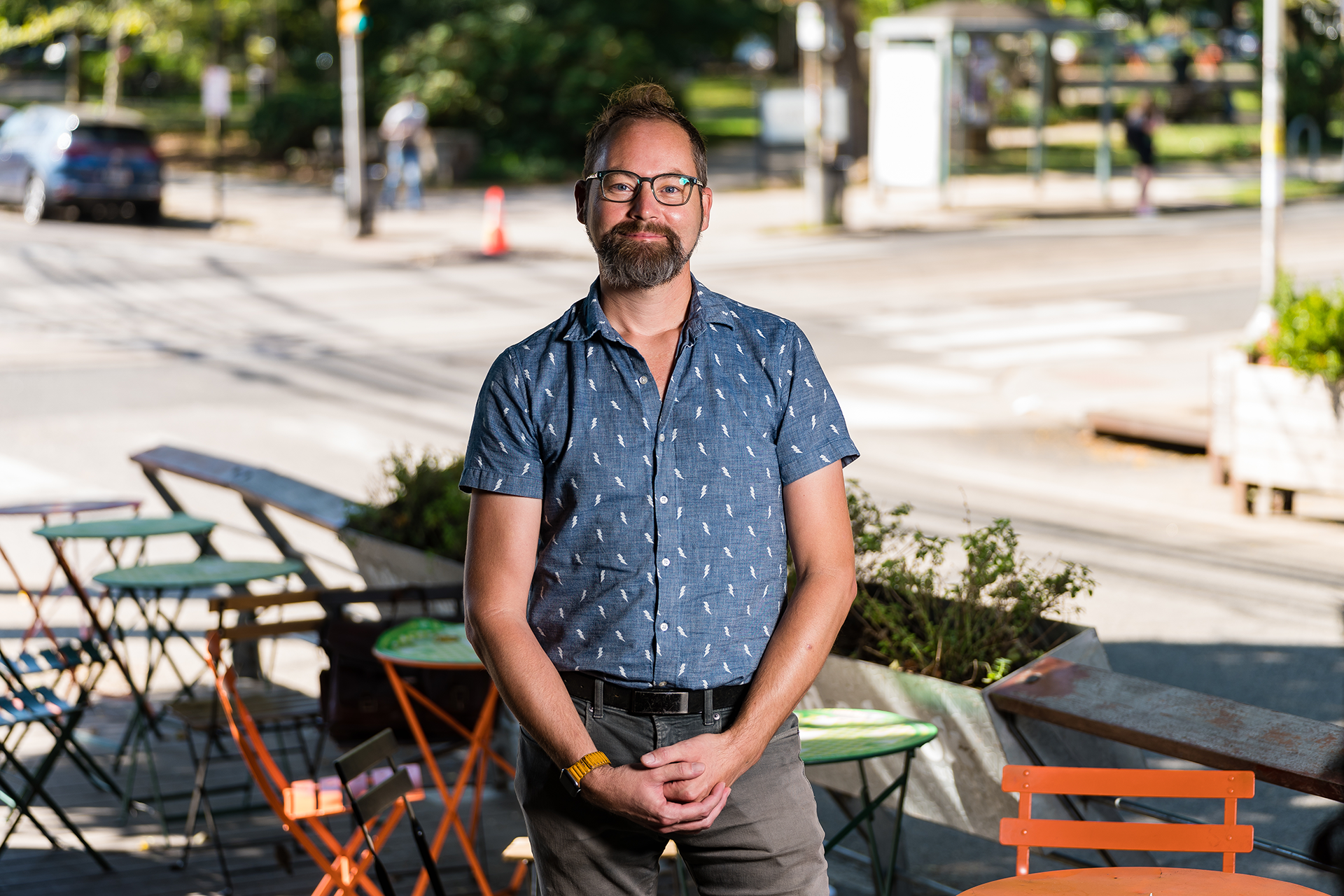
Responding quickly in a crisis could risk making some missteps. Instead, Hommel finds much to praise about the City government’s measured reactions. By enacting temporary measures with simple guidelines, the City allowed restaurants to act creatively and inexpensively — carving out spaces with parking cones, folding chairs and rope to start. Over time the makeshift solutions got progressively nicer, with solid structures, heating and better seating. Hommel cites the impressive speed with which the City inspected and approved these early streateries. “They promised that they would review structures for approval within three days, and the City really stepped up to get those approvals in.”
Fast action meant restaurants could resume business, keep at least some staff employed, continue to serve as a resource for their communities, and safely activate the streets in a time of restricted social contact.
Public safety tops the concerns of deputy managing director Michael Carroll’s team in the Office of Transportation, Infrastructure and Sustainability (OTIS). Although he doesn’t feel the City has sufficient evidence to assess the impact of streateries and street closings on public safety, Carroll says streateries and street closings offer “a real opportunity to create more vitality in neighborhoods, give businesses a chance to activate streets and blocks, conduct more business and get back on their feet.” The challenge is trying to balance the needs of various stakeholders while designing a sustainable strategy.
The pilot street closure program expired in the spring of 2022, and its implications are still being evaluated. Carroll noted that while restaurants generally favored street closings, other storefront businesses thought they had diminished visibility. Neighbors felt the loss of parking spaces and experienced inconvenience accessing their properties. While traffic calming on closed streets was net positive for pedestrian safety, residents on parallel streets raised concerns about increased traffic on their blocks.
Streateries on open streets bring different complications. In some neighborhoods they ate up parking spaces. Noise was a concern, as were trash and overall cleanliness. Carroll looks to the City’s partners who manage the commercial corridors like UCD and the Center City District to represent the interests of residents and businesses within their areas. Working in tandem with these groups, Carroll hopes their insights can help make street closings and streateries more permanent and mutually beneficial.
Within City Council, former at-large councilmember Allan Domb and current 3rd District councilmember Jamie Gauthier have prominently taken up the fight for streateries.
Domb, in a written response, described his councilmanic contribution. “In the face of a global pandemic, we knew we needed to act — Philadelphia businesses and residents needed support and they needed it immediately. So, we convened a working group of government, business and community leaders with the goal of achieving common sense, practical solutions to help businesses keep their doors open and offer a safe experience for patrons. And, together, we delivered legislation that enabled businesses to expand outdoor dining.”
Gauthier has cautioned City legislators to be fair-minded in establishing new regulations. Throughout the 3rd Councilmanic District she serves, Gauthier wants every business, regardless of whether it is located in a business or special service district, to be allowed to install a streatery once the Department of Licenses and Inspections approves their application. UCD’s Hommel sums up the councilmember’s position. “Much to my delight, Jamie Gauthier says the only equitable thing is if everyone can do this.”
OTIS and UCD both participate in fruitful ongoing conversations with other urban groups. Carroll’s team has learned a lot from other cities about crash worthiness, fee structures, footprint and overall regulation. And they’ve gotten insights on safe winterizing from northern U.S. and Canadian cities.
UCD has been fostering information sharing among large and small business districts. Hommel says one key insight is that, as with parklets, the most successful streatery design is based on modularity—being able to add and subtract “like Legos.” He also saw that the City’s approach of coming up with simple rules, being able to quickly give yes or no answers to business owners’ questions and streamlining the application and approval process built trust in City government.
At the urging of UCD, the City has delayed releasing revised regulations for streateries. Hommel hopes that the new regulations, anticipated for release in early fall, will incorporate all that has been learned in the past two years.
Among those anxiously awaiting the City’s decision is Jezabel Careaga, owner/operator of Jezabel’s Café, an Argentinian restaurant on S. 45th Street. Careaga jumped at the chance to create a streatery along the 54-foot frontage of her small café. “I know it makes a difference,” she says. Outdoor sales represent 15 to 20% of her business, show that she’s open, and make her block livelier and more attractive.
Still emerging from the devastating downturn brought on by the pandemic, Careaga urges the City to be more concerned with how businesses are doing and less concerned about the street. “At least don’t make it more complicated. We know these [streateries] work, we know how to make them prettier and safer for everyone.”
OTIS’s Carroll sounds a positive note if business owners and City officials accept a healthy amount of accountability for streateries. “My expectation is that this will start to hit a rhythm in the spring and summer of 2023, and we’ll see good quality in terms of the ones that are on the street,” Carroll says. “We’ll also [develop] the next version of a street closure program that works.”


